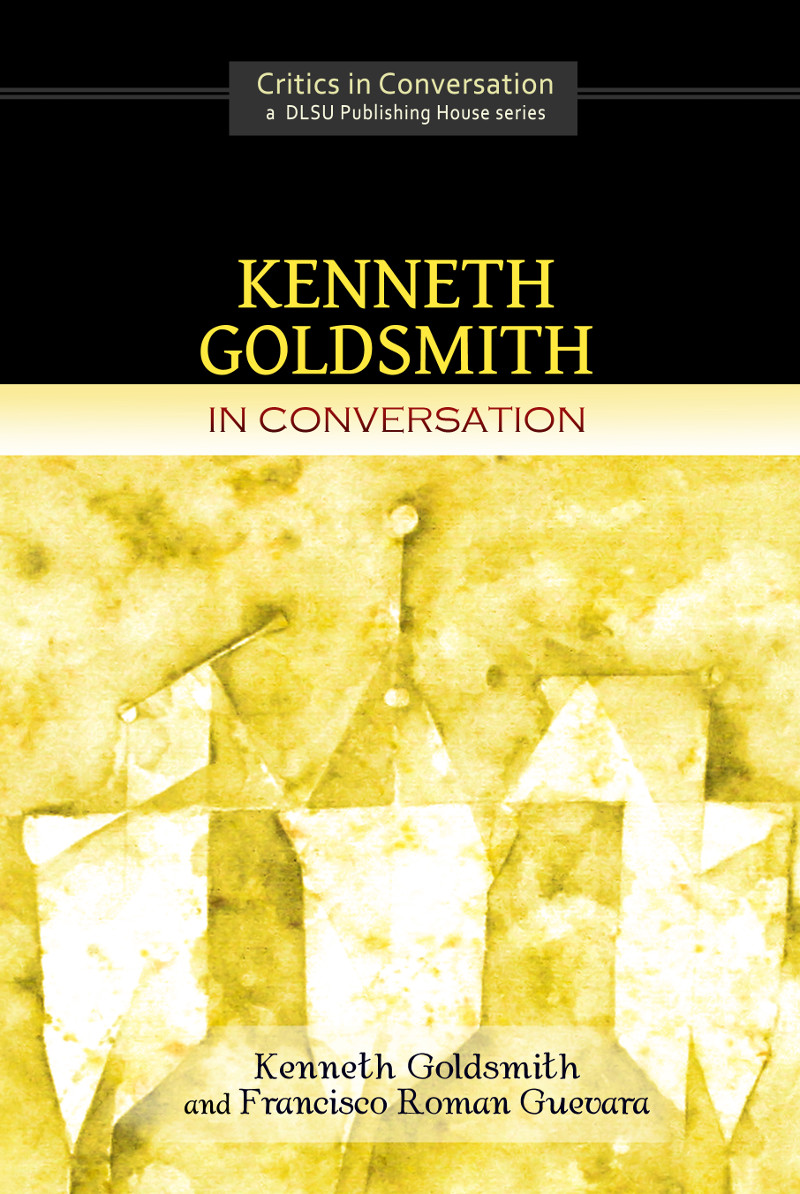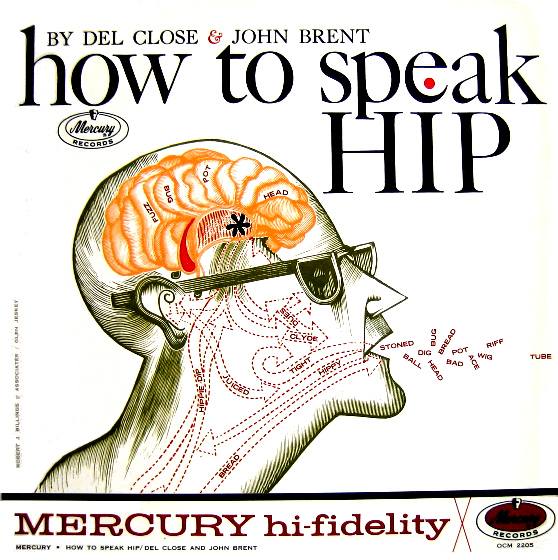Kenneth Goldsmith in Conversation (2014)
Filed under booklet | Tags: · aesthetics, avant-garde, conceptual writing, literature, poetry, uncreative writing, writing

“What is uncreative writing? What can writing learn from visual art? How does one write through art and culture? What is language and how should one speak (of) it in this digital age? How have the current technological developments shaped the contemporary scene and sense of poetics, aesthetics, and poetry pedagogy? What is conceptual writing and its relation to the international avant-garde movement? And after all, what is poetry? These are some of the questions addressed by Kenneth Goldsmith in the interview with Francisco Roman Guevara. This discussion – candid and provocative – is a helpful introduction to the ideas of a most significant “writerly” voice in the contemporary space of literary and cultural studies.”
With Francisco Roman Guevara
Publisher De La Salle University Publishing House, Manila, 2014
Critics in Conversation series
ISBN 9789715555968
50 pages
Del Close & John Brent: How To Speak Hip (1961)
Filed under booklet, sound recording | Tags: · hipster, language, satire

“This album captures the underground comedians at their early best and manages to both lampoon and accurately encapsulate the difference between hip and square society at the time. Unlike other mean-spirited comedy takes on the beatnik craze (Allan Sherman’s ‘The Rebel’ springs to mind), Close and Brent’s satire was close to the truth because they truly were bohemian spirits. John Brent wrote poetry and honed his ‘Geets Romo’ character (also known as ‘Huey the Hipster’) while acting in a Jules Feiffer play. Del Close was an actor and poetry director at the Gaslight. And they both became well-known as being early members of Chicago’s Second City.” (from the WFMU blog)
The album comes with “an illustrated booklet of complete instructions and a Dictionary of Hip. A Thorough reading of this Dictionary will familiarize you with a number of useful Hip expressions.” (from the liner notes)
Publisher Mercury, 1961
PDF (Booklet)
ZIP (Recording, zipped MP3s)
Listen online (on WFMU blog)
Mary Hallock Greenewalt: Light: Fine Art the Sixth (1918)
Filed under booklet | Tags: · art, colour, light, synaesthesia, visual music

Greenewalt playing on her colour organ, the Sarabet, in 1925. (via CVM)
Between 1918 and 1926, the Beirut-born and Philadelphia-based visual music pioneer Mary Hallock Greenewalt (1871–1951) delivered a number of lectures to the Illuminating Engineering Society of Philadelphia. In them she outlined her project of the development of a colour organ. In an address of April 19, 1918, titled “Light: Fine Art the Sixth,” Greenewalt cited innovations in painting by the artist Corot which encouraged her to investigate light and colour as a means of enriching musical expression. Greenewalt also referenced reports of synaesthetes, people who experience cross-sensory perceptions such as those who see letters or numbers in different colors.
26 pages
A brief outline of all four lectures
Greenewalt’s biography from the Historical Society of Pennsylvania
View online (Archive.org)
Other formats (Archive.org)

